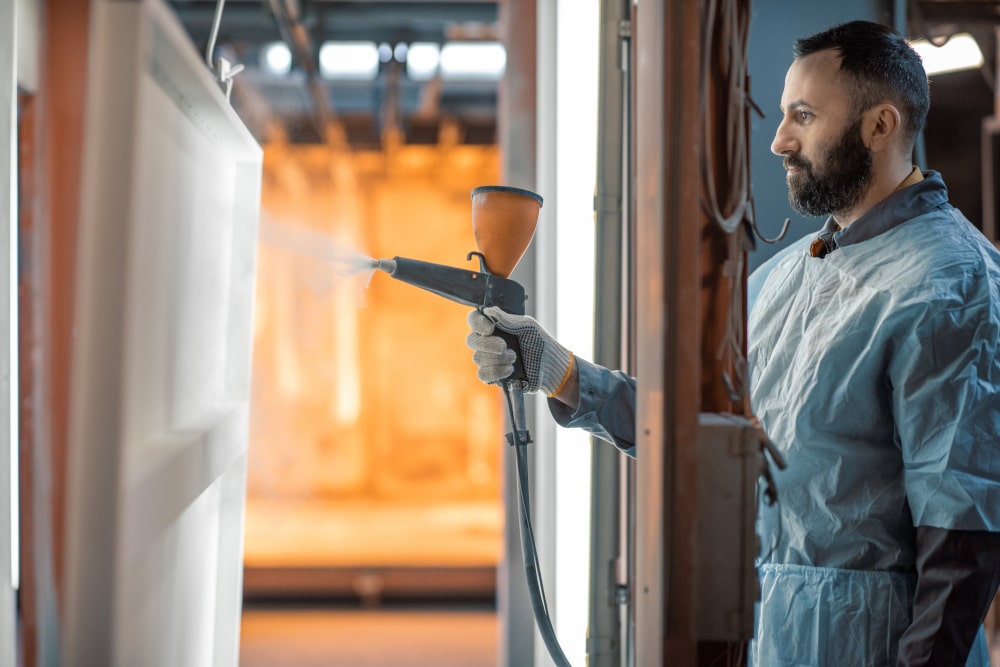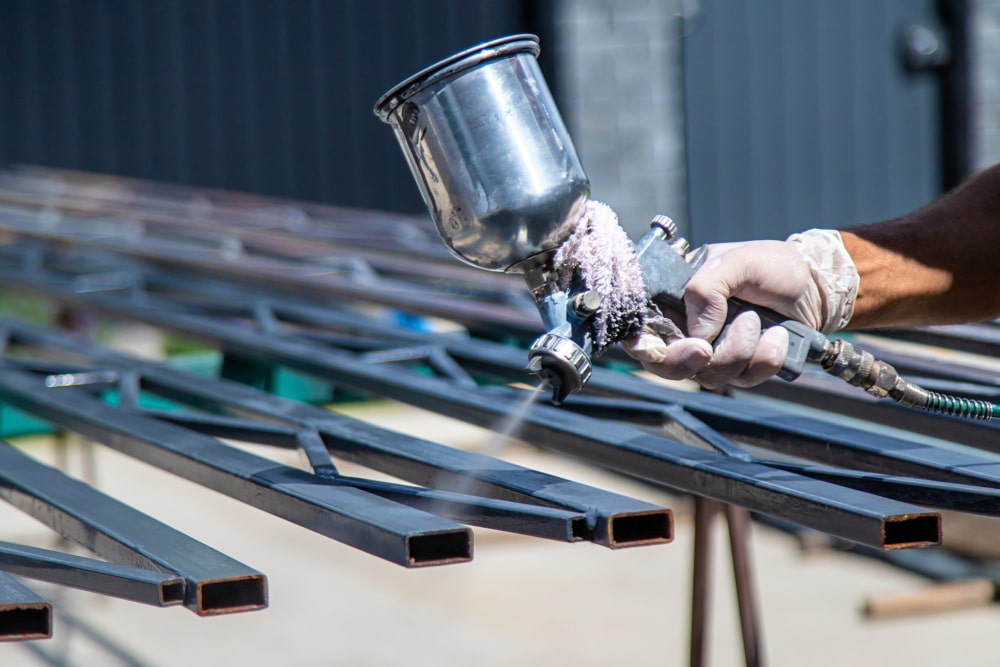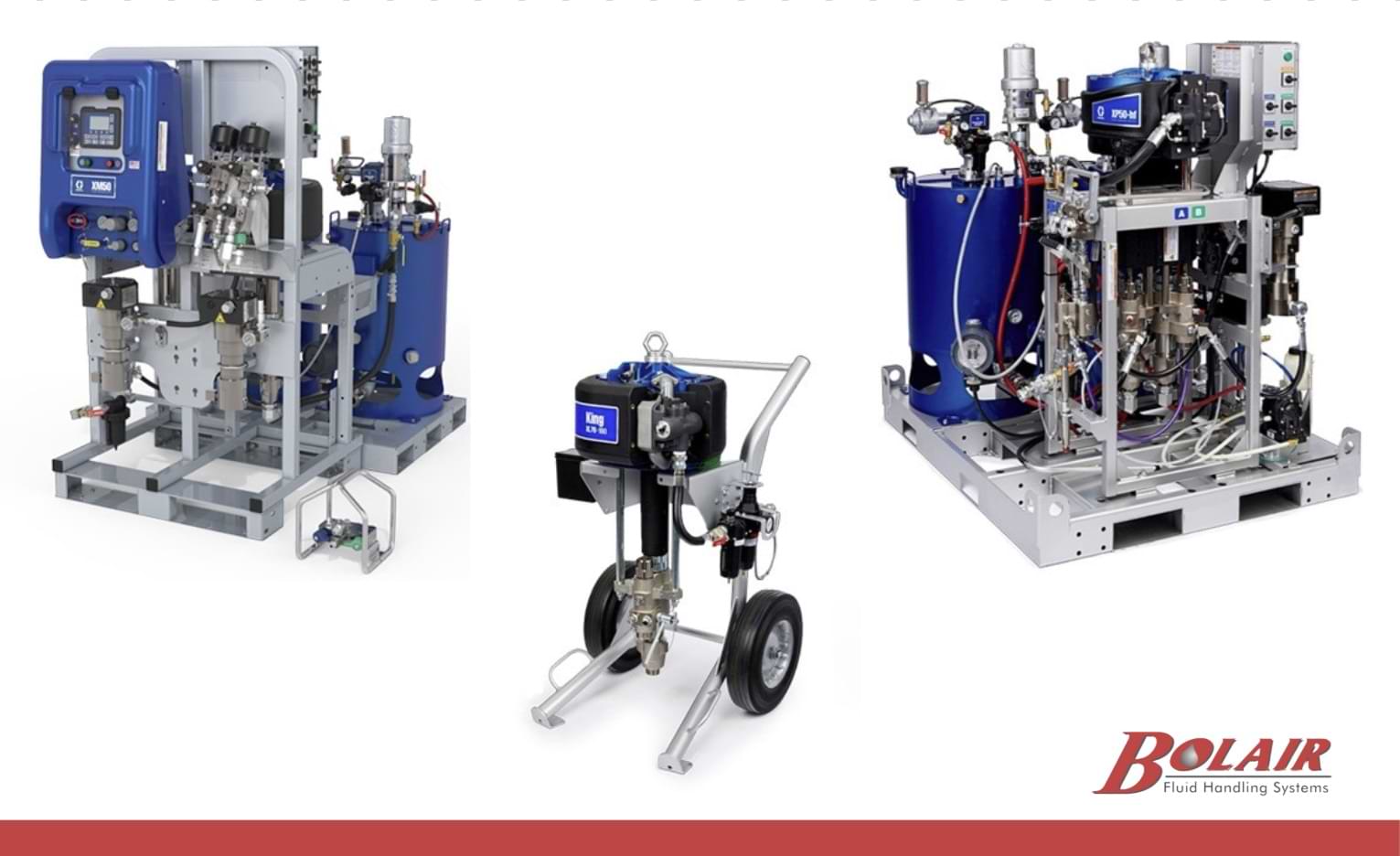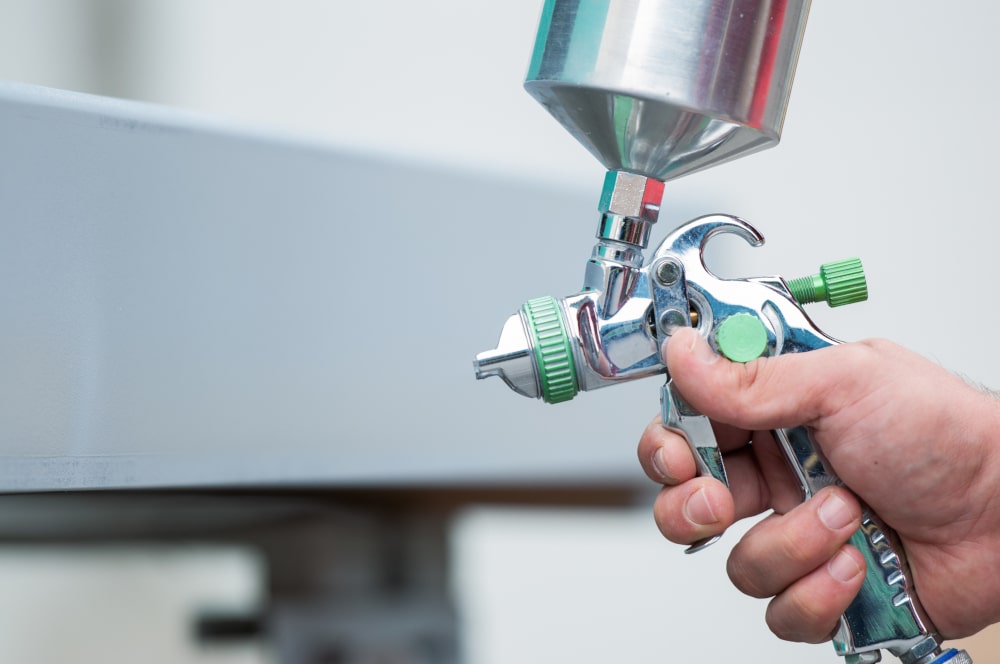When insulating any surface, room, or area, the higher the quality of the insulation placed, the better the efficiency and improvement. However, aside from this, it is also important to look at the R-value of the material, as it provides insight into how beneficial the application will be.
What is the R-Value of Spray Foam Insulation?
The R-value of insulation is a term used to describe how well the insulation material conducts the flow of heat, which provides insight into how well the material works to insulate an area. A higher R-value indicates that the material is more likely to prevent the movement of heat into or out of the area.
Both open and closed-cell spray foam insulation will have an R-value associated with it. By comparison to other types of insulation, spray foam tends to offer a good R-value, meaning it does a good job of keeping air from passing through it.
Closed Cell Spray Foam Insulation R-Value
Closed-cell spray foam insulation is a type of sprayed in application of insulation. In this method, a chemical reaction occurs during the application process. When this happens, bubbles form. These bubbles do not burst over time. In this method of insulation, there are numerous foam pockets created that are all interconnected. Closed cell insulation has a density that is 2 pounds per foot.
With its density, most often, closed-cell spray foam insulation is an excellent vapour and air barrier, providing ample protection from most types of escaping air. This product works well at protecting against energy loss as well as moisture. This product has a higher R-value than open-cell spray foam.
Open Cell Spray Foam Insulation R-Value
Open-cell spray foam insulation occurs when two chemicals react with each other during the application process, causing bubbles to form as the material begins to solidify. When the bubbles burst open, this leaves a solid foam material where the bubbles touch, called the strut area. Generally, this type of spray foam will have a density of .5 pounds per foot. It has an R-value of about 3.8 per inch.
This type of spray foam insulation works well to create an air barrier. It does a good job of protecting against cold air and warm air escaping. This type of option is not ideal for a vapour barrier, however, as it does not work to reduce moisture.
Spray Foam Insulation R-Value Chart
Be sure to check your specific spray foam when purchasing to better understand what the manufacturer estimates is the R-value of the product.
R-Value by Thickness for Spray Foam Insulation Type of Spray Foam
Minimum Thickness and R-value Maximum Thickness and R-value R-value Per Inch
Closed-Cell 3.5 inches/24.5 R-value 5.5 inches/38.5 R-value 7
Open-Cell 1.5 inches/5.7 R-value 3.5 inches/13.3 R-value 3.8
2" vs 4" Foam Insulation R-Value
When choosing your type of insulation for any space, one of the first considerations you should make is the amount of insulation present. The more insulation sprayed, the higher the level of insulation for the protection of that area - size is important during this process.
The R-value of a 2-inch section compared to a 4-inch foam insulation section is significantly different. To determine what the spray foam insulation R-value is, simply multiply the per inch R-value by the number of inches itself.
For example, if you are using open-cell spray foam that has an R-value of 3.5 to 2.7, that means the R-value overall is 7 when using two-inch foam. When using four inches of foam, that jumps to R 14 - much higher.
With closed cell spray foam insulation, the total R-value would be R 13 for two inches, and R-value 26 for four inches.
Fiberglass Insulation R-Values
Some people opt to use fibreglass insulation. Fibreglass insulation R-values from blown-in fibreglass tend to have an R-value of 2.2 to 2.7 per inch.
If you elect to use fibreglass batts instead, especially in areas between framing or joints, this is much denser than the blown-in forms. As a result of that, the R-value is higher – generally around 4.3 per inch.
What R-Value Do I Need?
When it comes to selecting the right R-value for the insulation you choose, focus on the highest quality possible within your budget. Most of the time, for exterior walls, aim for an R-value of 13 to 23. For ceilings and attic areas, aim for R 30 to R 49 for improved control.
If you're unsure what type of R-value is best for your area or you would like to find out more about spray mobile rigs for sale, our team at Bolair is here to answer any questions you may have. Reach out to a member of our team today.








Validate your login
Sign In
Create New Account